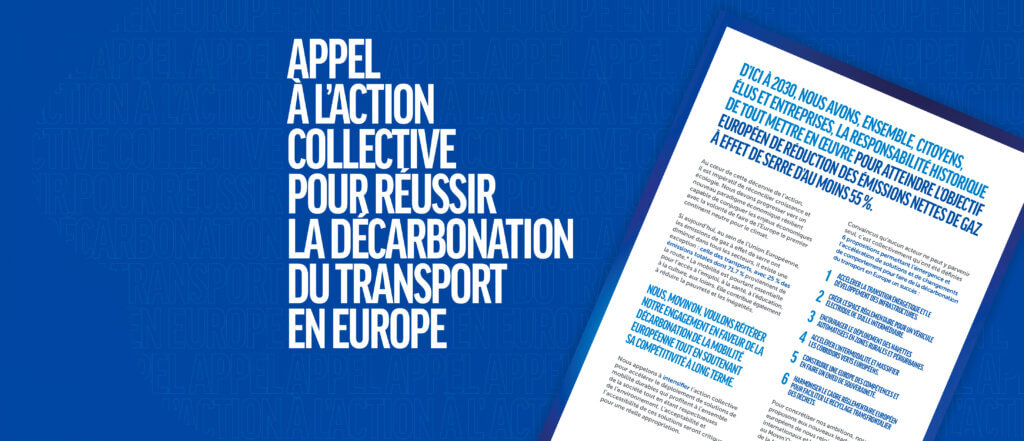Economy of functionality - An international experience in the creation of circular activity across the textile industry
Economy of functionality - An international experience in the creation of circular activity across the textile industry
Workshop moderated by BNP PARIBAS
In this workshop, Alexandre Bonnet presented the circular economy concept and its application in the fashion and textile industry, focusing on the Nordic countries, as well as the challenges and solutions linked to financing. The key themes revealed the significant impact this sector has on the environment and underlined the need for sustainable transitions.
Flexibility, the building of sectorial expertise, collaboration and strategic partnerships to spread the risks among players (banks, shareholders, public funding agencies, etc.) are key elements in providing financial support for the development of the circular economy in the textile sector.
Key Insights
- Fast fashion: 30% of clothes produced are not sold.
- Water consumption: the fashion industry is a major consumer of water.
- Greenhouse gas emissions: the fashion industry emits large amounts of greenhouse gases.
- Ocean pollution: the fashion industry generates microplastics that are a significant source of pollution for the world’s oceans.
- The textile industry's value chain, from the production of raw materials to the incineration of waste, is totally linear with little recycling and a lot of waste. Additionally, this chain is complex and fragmented with many players in emerging countries, making it difficult to organize a circular economy.
- The emergence of industrial projects in the Nordic countries focused on the production of recycled or bio-sourced fibres. These countries are characteristically renowned for their high level of ecological awareness, large numbers of qualified engineers, extensive research and innovation, an energy matrix based on renewable energies, and dynamic financial markets capable of funding pilot projects.
During this workshop, Alexandre Bonnet presented the challenges and solutions relating to the long-term financing of sustainable textile fibre projects in the textile sector, with a specific focus on the circular economy in the Nordic countries.
The Challenges
- It is essential to develop specific risk analysis and sector expertise for startups before long-term funding can be granted; this calls for significant resources and takes time.
- Resources to analyse and mitigate the various risks presented by these projects are limited and compete with other larger carbon drawdown projects. These resources need to be allocated between different projects, resulting in the calculation of the cost-to-benefit ratio.
- There is a lack of solid shareholding to support the projects in the event of cost overruns or delays in plant construction, two phases that are considered to present the greatest risks with these projects.
The Solutions
- A shift in culture when it comes to risk: a change is currently underway to adapt risk analysis to start-ups and smaller companies, which do not have the same risk profile as established companies.
- Risk sharing: the Nordic export credit agencies (counterparts of the Banque publique d'investissement (Bpifrance) ) or the EIB can help to share the risks associated with these projects.
- Repetition and scale: repeating similar projects can provide a learning curve, economies of scale and a critical mass to justify dedicating resources.
- Strategic partnerships: partnerships with key suppliers or large capital investment customers, who help to secure long-term sales or supply contracts, can help to stabilize funding and create a bedrock for projects.
- Working with local banks: local banks can help to comprise the local economic fabric and identify investment opportunities.
The top ideas promoted by Alexandra Bonnet
- Problems with textile recycling: mixing fibres and using pesticides and chemicals make recycling difficult. Eco-design using bio-sourced materials with higher recyclability is therefore an inherent part of the circularity issue, in the same way as recycling.
- Synthetic fibres: the production of synthetic fibres from petroleum poses environmental problems. Some companies are trying to create synthetic fibres by recycling clothes. The same developments are taking place in the recycling of natural fibres.
- Collection of post-consumer textiles: textile collection (particularly post-consumer) is fragmented but initiatives are emerging to make the whole process more efficient.
- Investment in green technologies: investment in green technologies and the decarbonisation of the economy are key to promoting the sustainability of this sector.
- Environmental and profitability criteria: for banks, projects must meet both environmental and long-term profitability criteria in order to receive backing.
- Verification of environmental claims: verification of the environmental claims made by companies is a prized asset but may be taken into account when it comes to risk analysis. Banks are introducing incentives to encourage the redeployment of capital towards projects with a positive environmental impact.
Putting the
economy of functionality into action
Animateurs
Share
Tweets de @movinonconnect
Movin'On 2035 TODAY EP02 - Circular Economy & Competitivity
Movin’On 2035 TODAY EP01 – Fair Mobility for All https://x.com/i/broadcasts/1yNxagBrWZbGj
✨ THAT'S A WRAP!
Movin'On Summit 2024 has just concluded in Brussels!
More than 350 leaders and experts in sustainable mobility gathered to exchange ideas, collaborate, and share their vision for desirable and decarbonised mobility in Europe. Together, we explored ways to build…
🔴 Live from #MovinOnSummit2024
@AshaSumputh has just invited Denis Machuel, CEO at @AdeccoGroup and Florent Menegaux, President of the @Michelin Group & President of Movin'On
Watch our programs on
Sustainable mobility news
Discover the latest trends, analyses per theme, and our next meetings.







